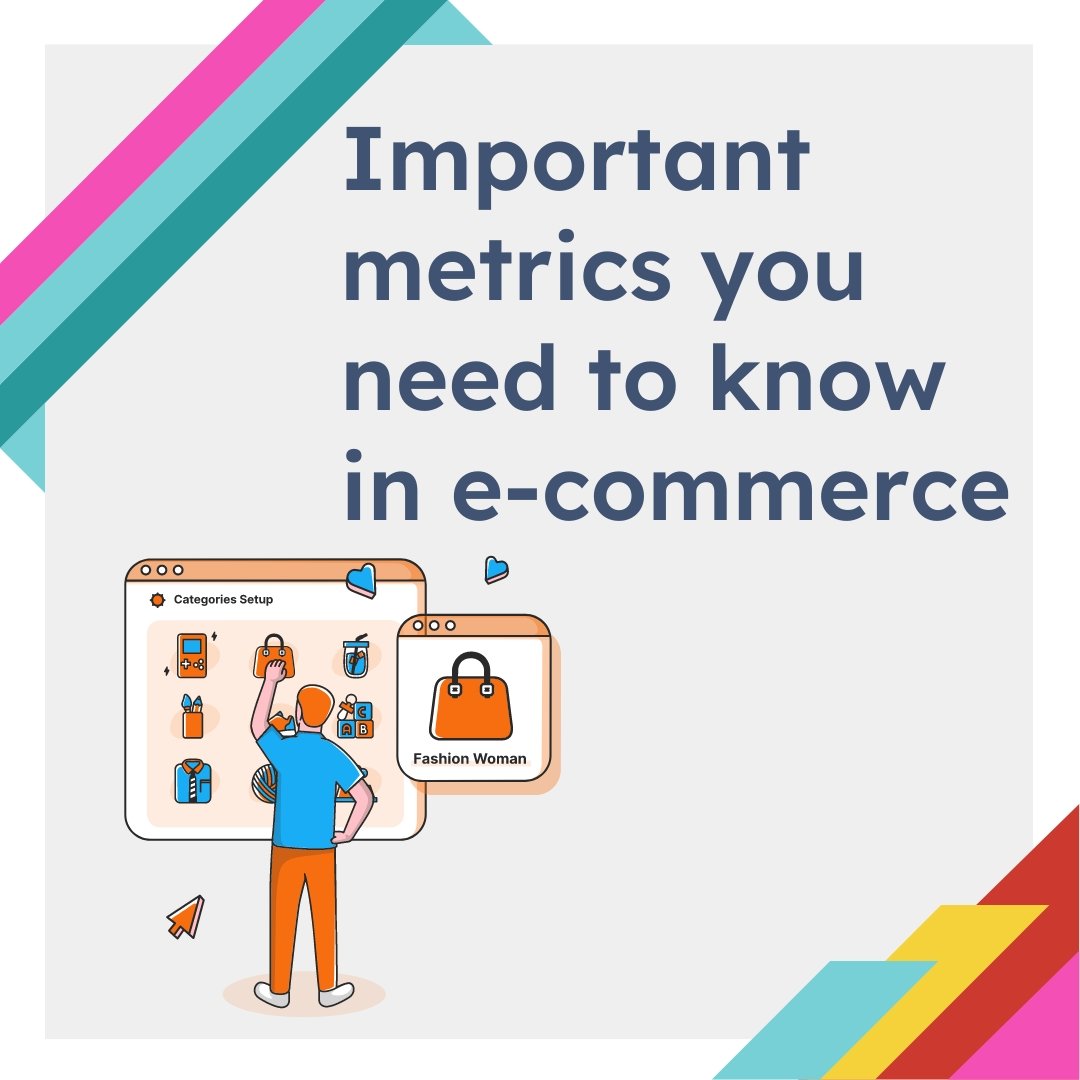- Sales Conversion Rate
Sales conversion rate is one of the most important
e-commerce metrics that determine the percentage of visitors who make a
purchase. This metric helps business owners gauge the effectiveness of their
marketing strategies, website design, and user experience. To calculate the
sales conversion rate, divide the total number of sales by the total number of
visitors, and multiply the result by 100. A higher conversion rate indicates
that your website is effectively converting visitors into customers.
- Average Order Value (AOV)
Average order value measures the average amount spent by
customers per transaction. This metric provides insights into customer spending
behaviour and can help businesses identify opportunities to increase revenue.
To calculate AOV, divide the total revenue by the total number of orders.
Businesses can boost AOV by implementing upselling and cross-selling
strategies, offering bundle deals, or providing incentives for higher-priced
items.
- Customer Lifetime Value (CLV)
Customer lifetime value is the estimated total revenue that
a business can generate from a customer throughout their relationship. CLV
helps companies determine how much they should invest in customer acquisition
and retention. A higher CLV indicates a more valuable and loyal customer base.
To calculate CLV, multiply the average purchase value by the average purchase
frequency rate, and then multiply that by the average customer lifespan.
- Customer Acquisition Cost (CAC)
Customer acquisition cost measures the total cost of
acquiring a new customer, including marketing expenses, sales efforts, and any
other costs related to customer acquisition. CAC is a vital metric for
assessing the effectiveness of marketing campaigns and determining whether the
investment in customer acquisition is worthwhile. To calculate CAC, divide the
total cost of acquiring customers by the total number of new customers acquired
during a specific period.
- Cart Abandonment Rate
Cart abandonment rate is the percentage of customers who add
items to their shopping cart but do not complete the purchase. A high cart
abandonment rate can signal issues with the checkout process, shipping costs,
or website usability. To calculate the cart abandonment rate, divide the total
number of abandoned carts by the total number of completed transactions, and
multiply by 100. Reducing cart abandonment can significantly improve sales conversion
rates and overall revenue.
- Churn Rate
Churn rate is the percentage of customers who stop doing
business with a company during a specific period. A high churn rate indicates
that customers are not satisfied with the products or services, which can impact
long-term growth and profitability. To calculate churn rate, divide the number
of customers lost during a period by the total number of customers at the
beginning of that period, and multiply by 100. Businesses should focus on
reducing churn by improving customer satisfaction and fostering loyalty.
- Net Promoter Score (NPS)
Net Promoter Score is a metric that measures customer
satisfaction and loyalty by gauging the likelihood of customers recommending a
business to others. NPS ranges from -100 to 100, with higher scores indicating
a greater number of satisfied customers. To calculate NPS, subtract the
percentage of detractors (customers who rate their likelihood of recommending
the business as 0-6) from the percentage of promoters (customers who rate their
likelihood of recommending the business as 9-10).
- Return on Investment (ROI)
Return on investment measures the profitability of an
e-commerce business by comparing the return generated by investments to the
cost of those investments. ROI helps businesses determine the effectiveness of
their marketing and sales strategies and allocate resources efficiently. To
calculate ROI, subtract the cost of investment from the return generated by
that investment, then divide the result by the cost of investment and multiply
by 100.
- Bounce Rate
Bounce rate is the percentage of website visitors who leave
after viewing only one page. A high bounce rate may indicate that the website
is not engaging, A high bounce rate indicates that you need to take a look at
why users are bouncing off your page and potentially going to a competitor!
At Studioworx we are experts in e-commerce and analysing websites
and marketing efforts to understand why sales are or are not performing as they
should be.
Whether you need whole website migration or redesign, or
help marketing your website, products or services, get in touch as we’ll manage
the metrics whilst helping you understand them.
